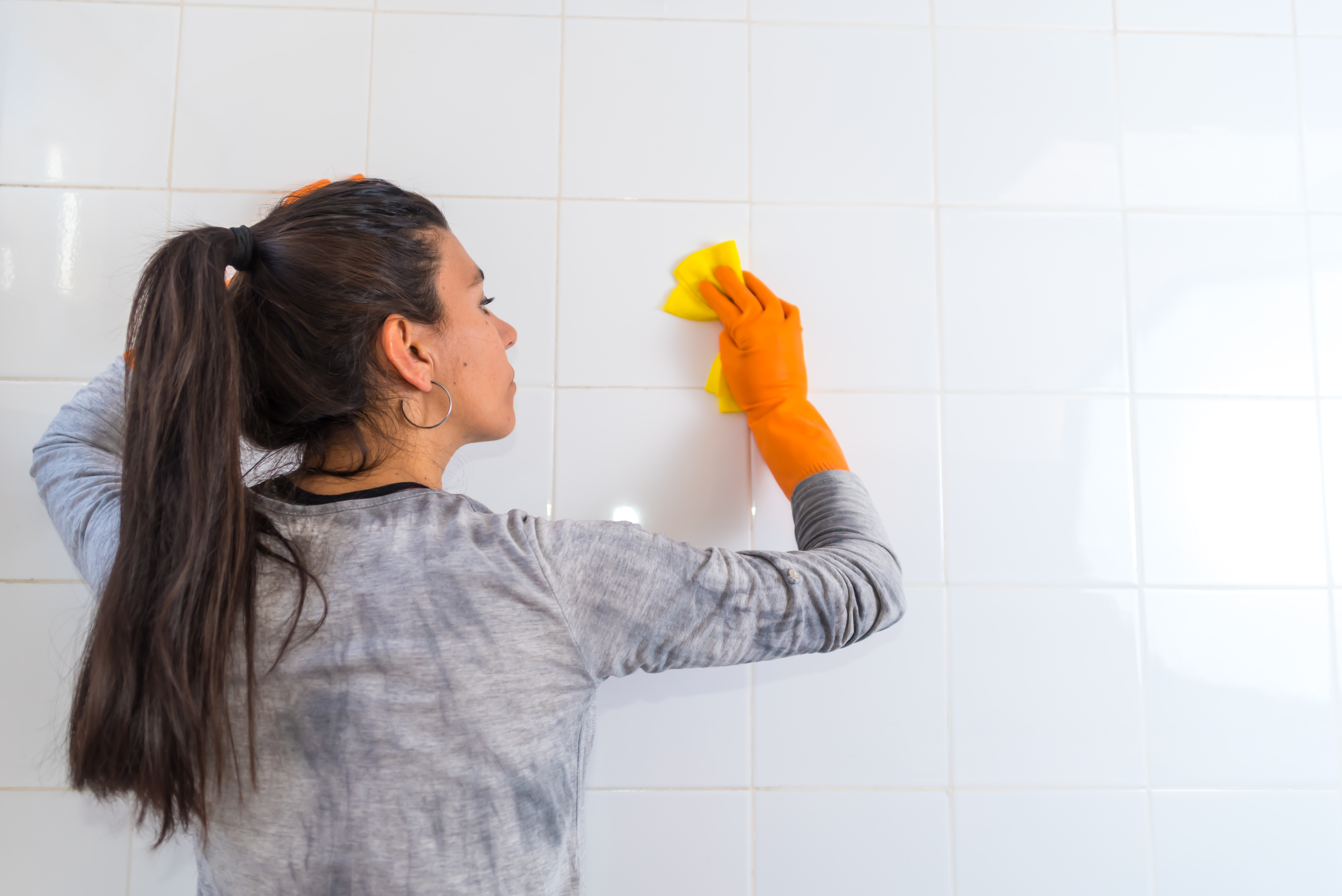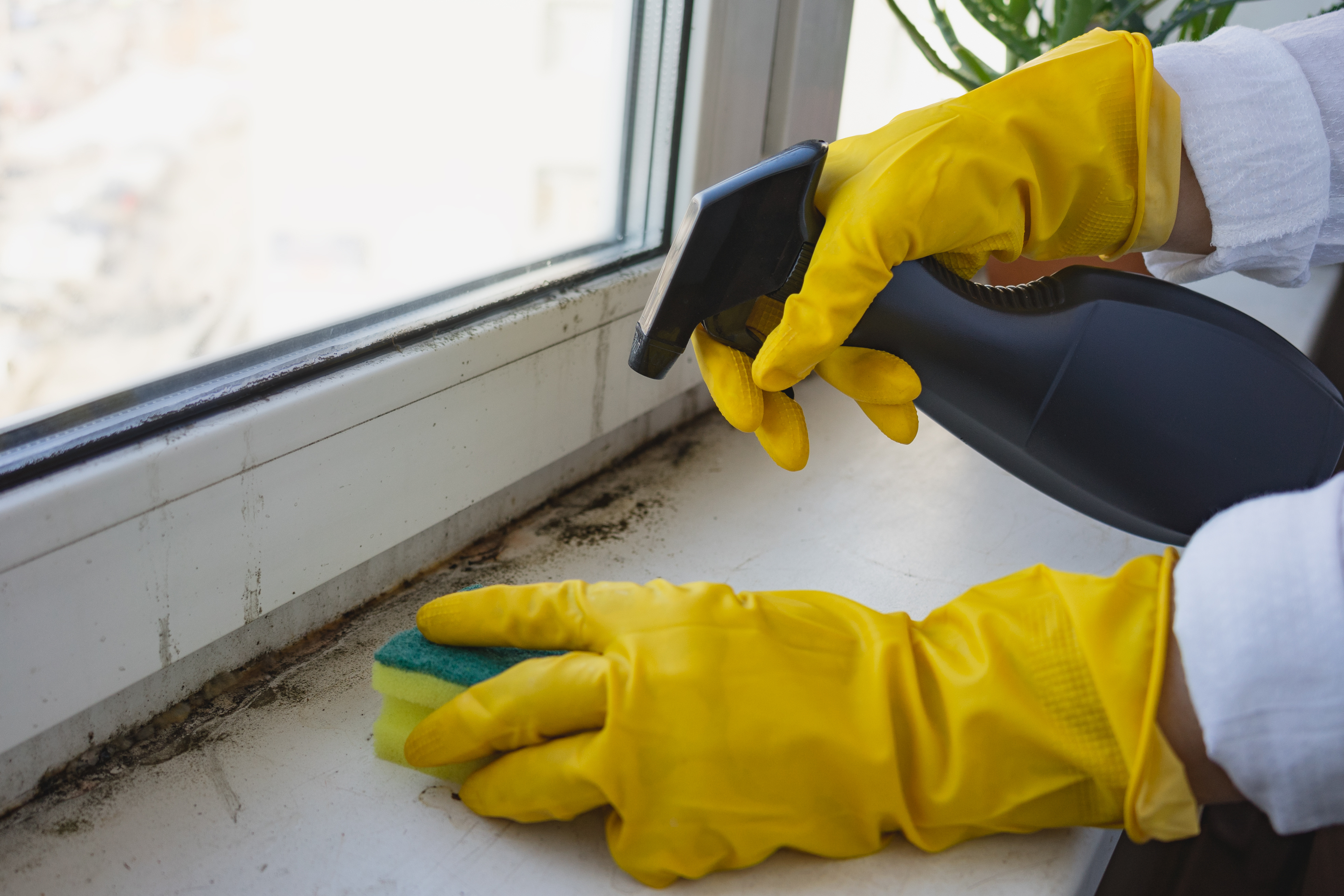17/03/2025
How to reduce mould in your kitchen and bathroom
Kitchens and bathrooms are the rooms in your home that are most likely to suffer from damp and mould, and this is down to how the rooms are used.
Any activities that create steam, like cooking on the hob or using the shower, put excess moisture in the air – that’s where problems can begin. However, there are things we can all do to help minimise damp and mould in our homes.

Proper ventilation
When cooking or taking a shower, open your windows very slightly to allow the hot air to escape. You can also use extractor fans and open trickle vents to help remove moisture from the air. Extractor fans will be most effective if they're left on after you’ve cooked or taken a shower. If you don’t have them, and you’re really struggling with damp or mould, please get in touch. When you’re cooking on the hob, keep lids over your saucepans to stop the steam escaping into the air. Reducing clutter and moving big furniture items away from the wall by just a centimetre or two will improve air circulation and help fresh air move freely around the rooms.
Ongoing maintenance
Wipe down and dry all surfaces after you’ve used them, using a squeegee or dry cloth. This helps to minimise the amount of moisture lingering in the room and prevents it from becoming condensation. Keep an eye on any grouting and caulk around your sink or bath – it’s there to prevent water from seeping behind tiles and into the walls. As above, if you see any which needs replacing, please report it to us. Make sure you keep the area around your sink dry after you’ve used it. If you notice the sealant around the sink needs replacing, let us know.
Regular cleaning
Regularly clean and disinfect surfaces in your kitchen and bathroom to prevent mould building up! Pay attention to areas where moisture tends to accumulate, such as around sinks, baths, and showers. Clean and dry shower curtains, screens and mats to prevent mould growth, and replace them if mould appears. If you have a manageable build-up of damp and mould, you’ll be able to remove it yourself using specific cleaning products available from most supermarkets. Always follow the manufacturer's instructions with care, and if you notice that the mould won’t come off or it starts to spread, report it to us as soon as possible.
Fix leaks and repair water damage
If you notice any leaks, dripping taps or showerheads, or any of your appliances leak water after you use them, arrange a repair as soon as possible. The sooner the leaks are fixed, the less chance there is for water to build up under the floor or within your walls, helping to reduce the chance of damp. For a reminder of which repairs we can help you with, and which ones you’ll need to manage yourself, check out the responsibilities page of the repairs and maintenance section on our website.

We're here to help
The cold weather can increase the chances of your home being affected by damp and mould. If you have concerns about damp and mould in your home and think you might need a professional to treat it, or simply can’t remove it yourself, please log a repair online, speak to us on live chat or give us a call. Alternatively, please see our damp and mould page for more information.

